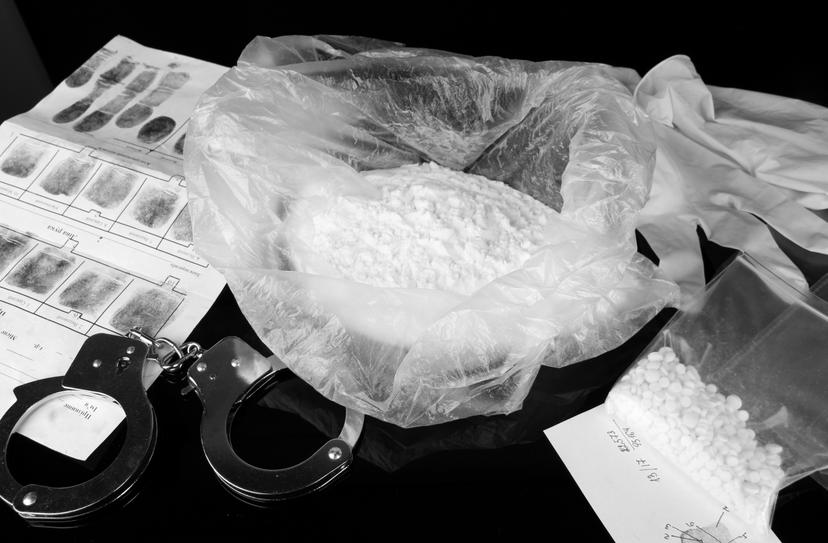Webinar Highlights: Identification of Novel Psychoactive Substances Using Handheld Near-Infrared (NIR) and Raman Spectroscopy
Read the highlights of the Q&A session from the latest SelectScience® webinar
11 Apr 2016

Read the highlights of the Q&A session from the latest SelectScience® webinar
In this recent SelectScience webinar, Dr. Sulaf Assi, Lecturer in Forensic Science, Bournemouth University, discussed the emergence of novel psychoactive substances (NPS) onto the market and the toxicological problems they can cause. She also demonstrated how near-infrared (NIR) and Raman spectroscopy can be applied for their rapid identification.
Read on for the highlights of the Q&A session from this event, or watch Dr Assi’s presentation on-demand.
Q: Between Raman and NIR, which technique is better for the identification of materials?
A: Raman and NIR are complimentary techniques and each technique has pros and cons. Raman is better for drugs and provides information about carbon-carbon bonds in the backbone of organic materials. Raman is not affected by physical property changes like different particle sizes or moisture content. Raman might also be limited where a sample possesses fluorescence under laser light.
NIR provides information on the OH, CH and NH bonds and is more powerful for analyzing additive materials. Quantitative analysis, like different grades of materials with different particle sizes, can be obtained using NIR. However, chemometrics may be needed as the spectra itself can contain broad overlapping bands.
Q: For tablet analysis using NIR, is there a limitation on the thickness of the tablet?
A: Yes, it depends. If you use the diffuse transmission measurements, thicker tablets are more difficult to analyze, but the analysis can also be affected by parameters such as hardness, porosity and the compacting force on the tablet. We have experimentally shown that tablets can be measured by diffuse transmission with thicknesses up to 6-7mm thick. Where tablets are too thick that the waves cannot pass through, you would need to use diffuse reflectance measurements.
Q: Can multiple tablets be analyzed automatically?
A: Yes, using the sample tray in the NIRS XDS MasterLab Analyzer, multiple tablets can be analyzed.
Q: Will the handheld device be able to identify which NPS is present, or only indicate presence based on general absorbance patterns?
A: If the NPS product is in the library, then it will be identified.
Listen to the webinar on-demand, or find out more about drugs-of-abuse testing on our dedicated page.
